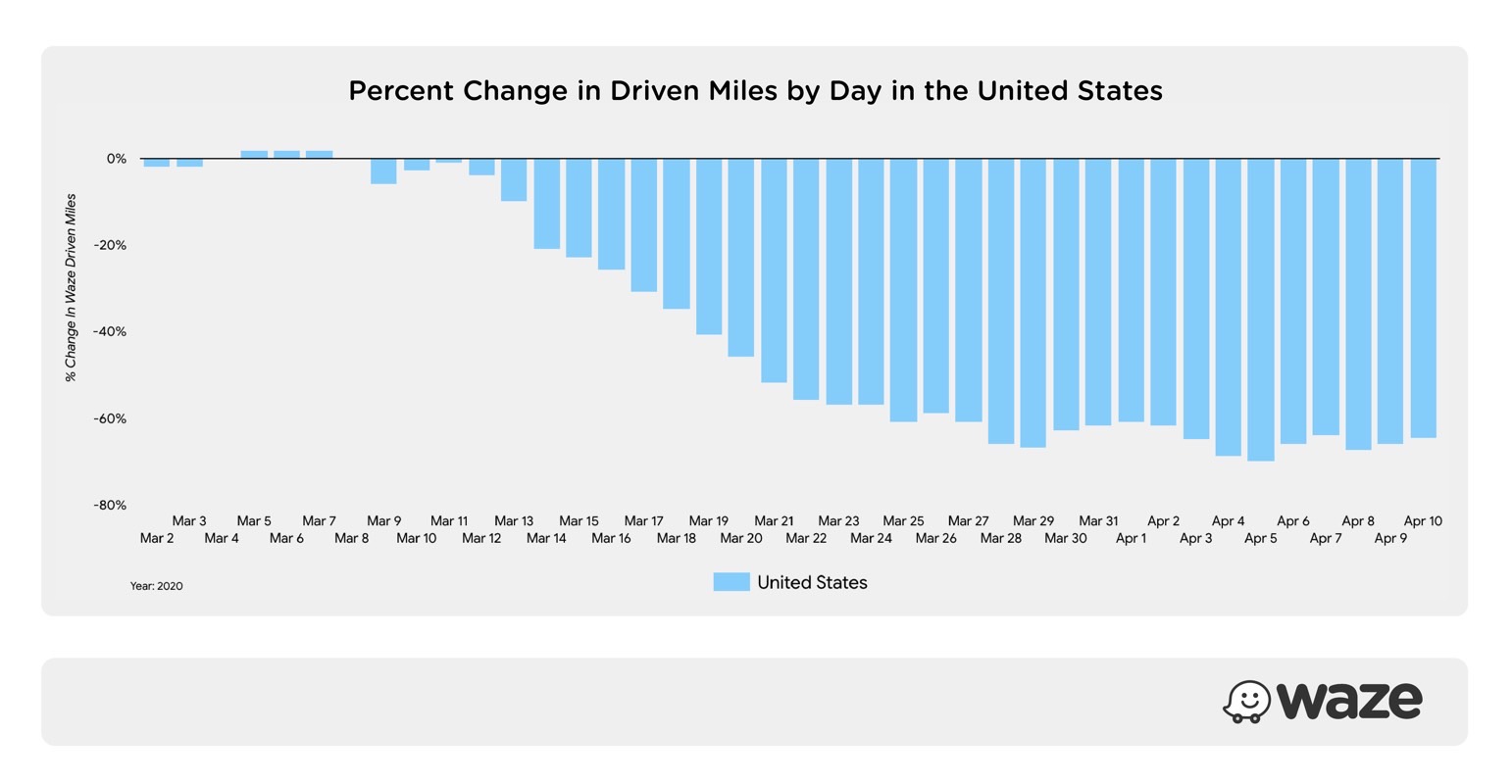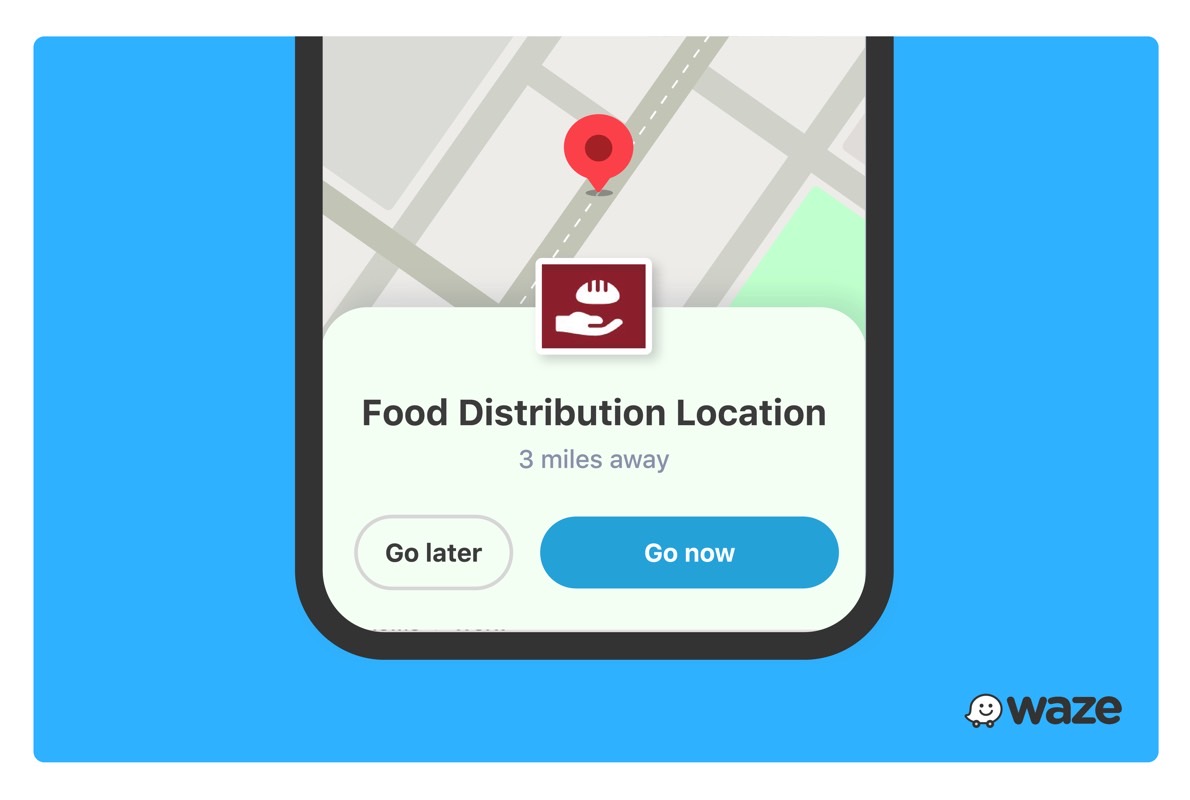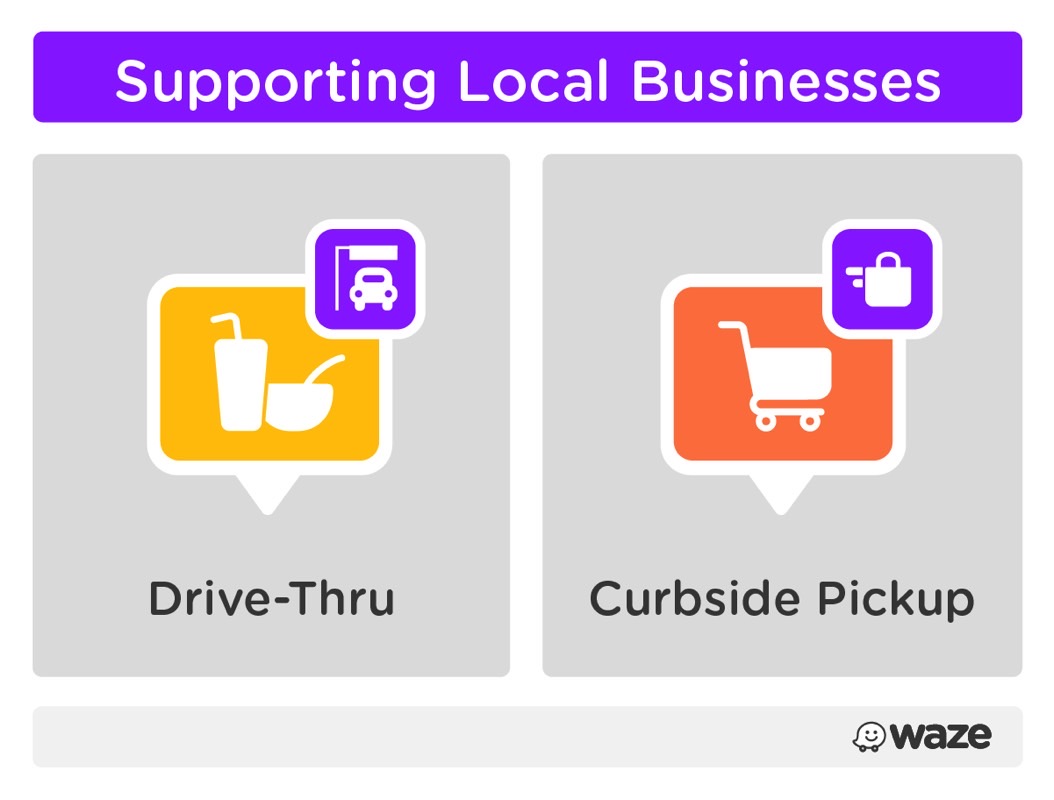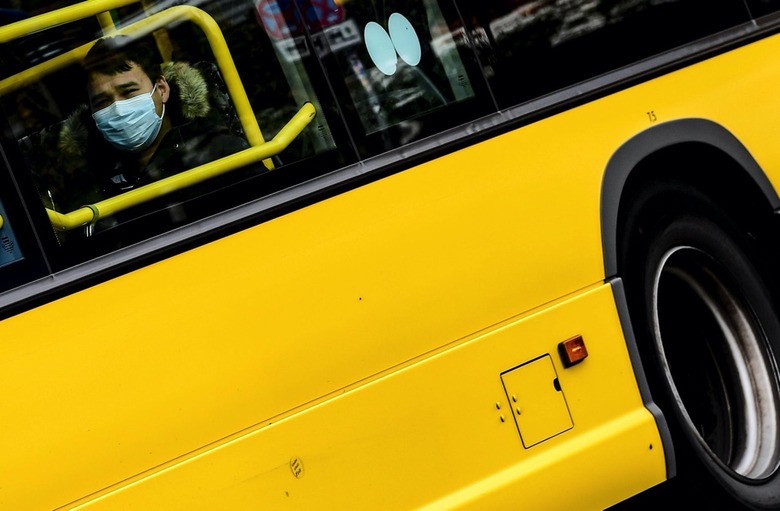Waze Has New Features To Help You Navigate The Coronavirus Crisis
- Waze announced new features for its popular navigation app that could help users and authorities during the novel coronavirus pandemic.
- Google's subsidiary plans to highlight stores that offer no-contact deliveries and display COVID-19 testing locations.
- Waze also analyzed anonymized driving stats for various regions, proving that social distancing measures have been respected.
- Visit BGR's homepage for more stories.
You might be driving less during the novel coronavirus health crisis, but you still need those navigation apps on your phone. Even if you're not driving at all, they could still come in handy. Apple Maps is preparing to display COVID-19 testing sites on its maps, a feature Google Maps should replicate soon. Google's app has other interesting perks that can come in handy during this time. The app shows you which restaurants are delivering food and lets you place orders with some of them as well. It also lets business owners provide updated information about their stores. Google Maps now includes COVID-19 notifications that pop up if you're searching for a hospital or doctor nearby, reminding you not to drop in unannounced if you suspect that you're infected. Both Apple and Google have localization sites that offer anonymous data about navigation and commuting during the coronavirus lockdowns.
With all that in mind, you shouldn't be surprised to find out that one of the most popular navigation apps out there has developed several features to help users during the outbreak. That's Waze, of course, Google's other popular mobile mapping app.
Waze explained in a blog post on Wednesday that it's working with its volunteer communities and Waze for Cities program to support local governments and offer communities additional resources.

Waze has put up statistics that confirm Apple and Google's earlier findings. People are driving 60% fewer miles compared to February as a result of stricter social distancing rules. The data also shows that markets that registered COVID-19 outbreaks early were the first to show reduced traffic patterns. In Italy, one of the hardest-hit countries by the new illness, traffic has dropped by more than 90% over the past 30 days or so.

Waze isn't just analyzing driving patterns, a feature that would help authorities rather than regular users of the app. Google's mapping division has partnered with WhyHunger and No Kid Hungry to add more than 30,000 emergency food distribution locations to its US map. It could expand the program to other regions where similar organizations exist.
Waze also revealed new icons to mark businesses on the map that support drive-thru and curbside pickup options. These delivery options further diminish contact between people and reduce the risk of COVID-19 transmission. Here's what you should look for on the map:

In the near future, Waze might display even more key COVID-19 information on the map, including medical testing centers. The company created a COVID-19 portal of its own where public agencies can share more relevant information about the health crisis. Data concerning road closures, food distribution locations, and the coronavirus testing facilities should soon show up on your Waze maps.
